Cold reception
Categories: Photo project | Science
By Pictolic https://mail.pictolic.com/article/cold-reception.htmlPhotographer Murray Ballard documents the work of cryonists freezing the bodies of the dead in the hope that in the future science will find a way to resurrect them
Today, several organizations in the world carry out cryopreservation of the entire human body. For six years, Ballard has been following the work of the main ones - the Alcor Foundation and the Cryonics Institute in the USA, as well as the Russian company KrioRus, which opened two storage facilities in the Moscow region. In addition to the bodies of patients, as it is customary to call the deceased in cryonics, human heads, DNA samples and animal bodies are stored there.
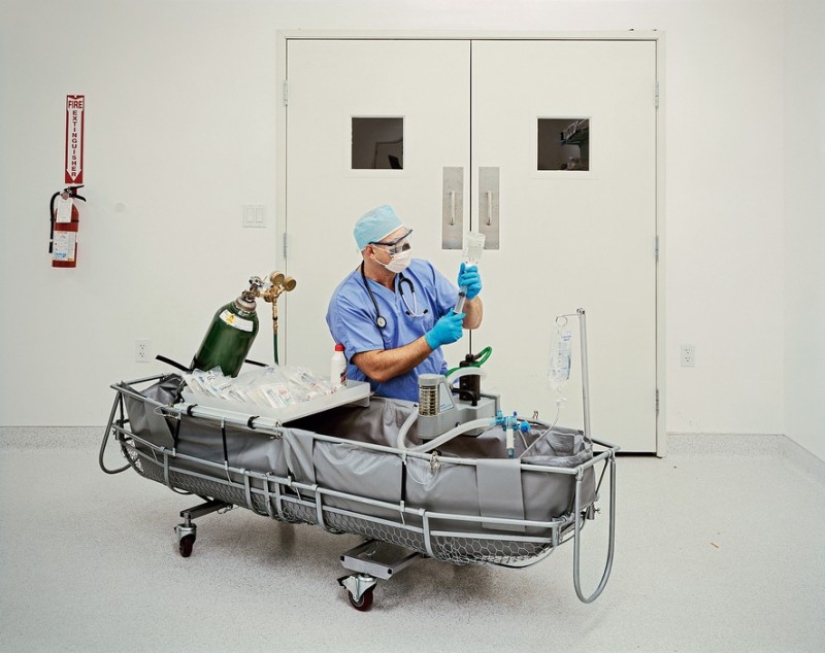
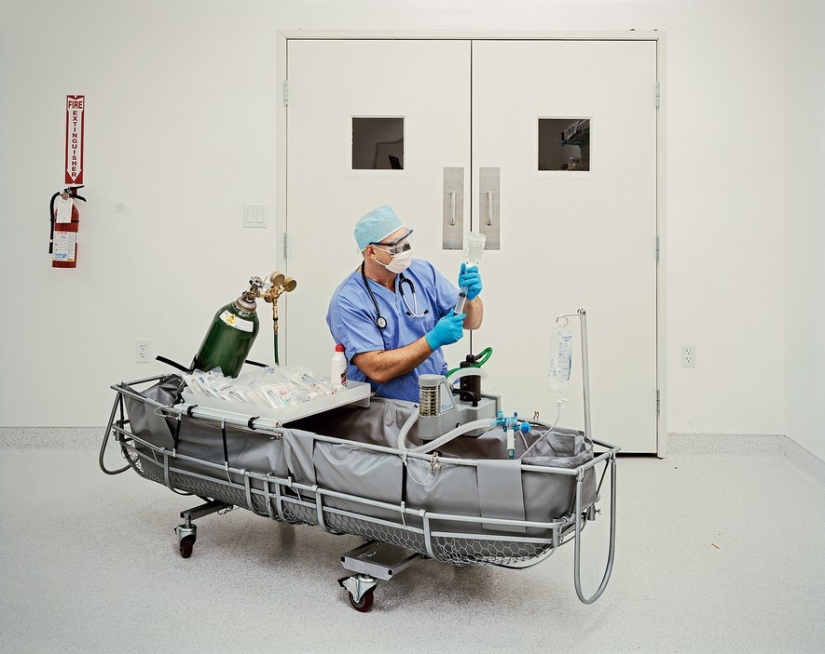
Aaron Drake, transportation coordinator of the Alcor Life Extension Foundation in Arizona, is preparing equipment for the start of cryopreservation. There are currently 126 patients in the fund's vault.
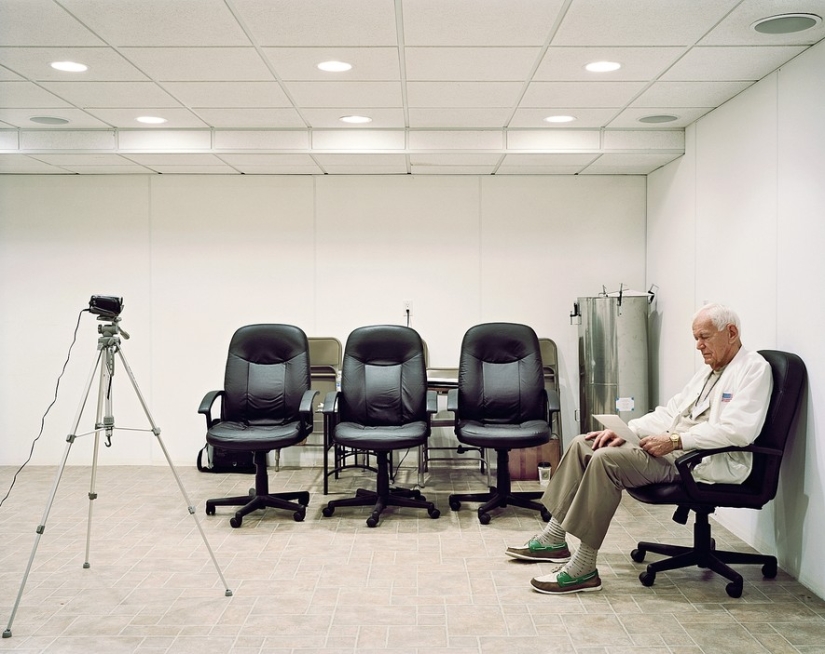
John Bull, a future patient, records a video instruction on the procedure after his death. Freezing the whole body costs from 28 thousand dollars.
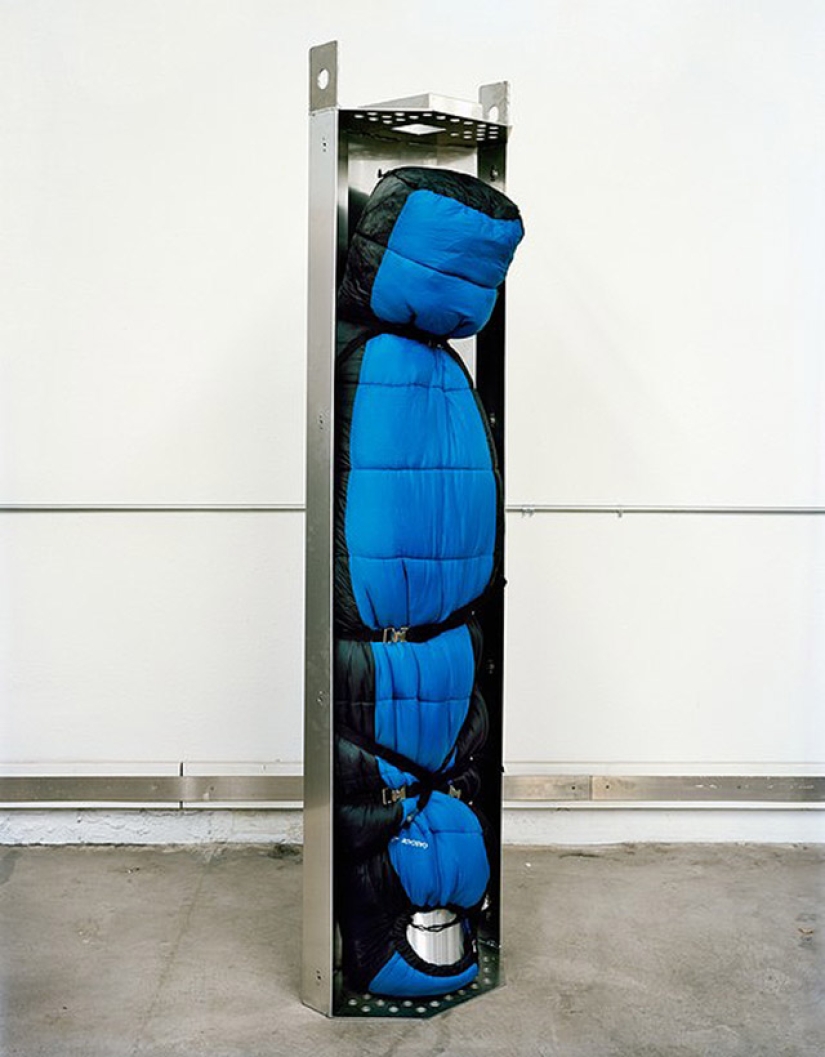
Cryonists undertake to store the bodies of patients until the invention of the technology of revival.
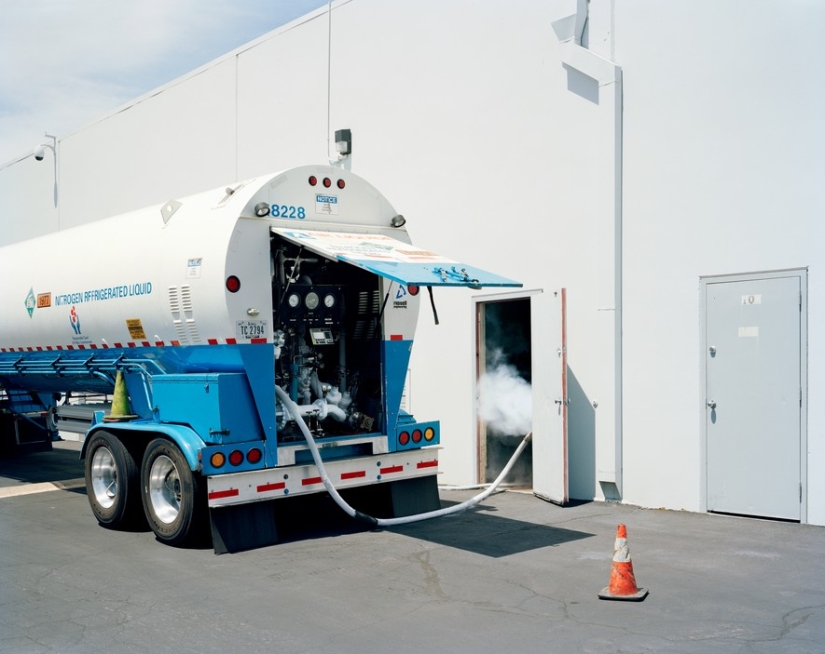
Patients are placed in Dewar vacuum vessels filled with liquid nitrogen at a temperature of -196 °C.
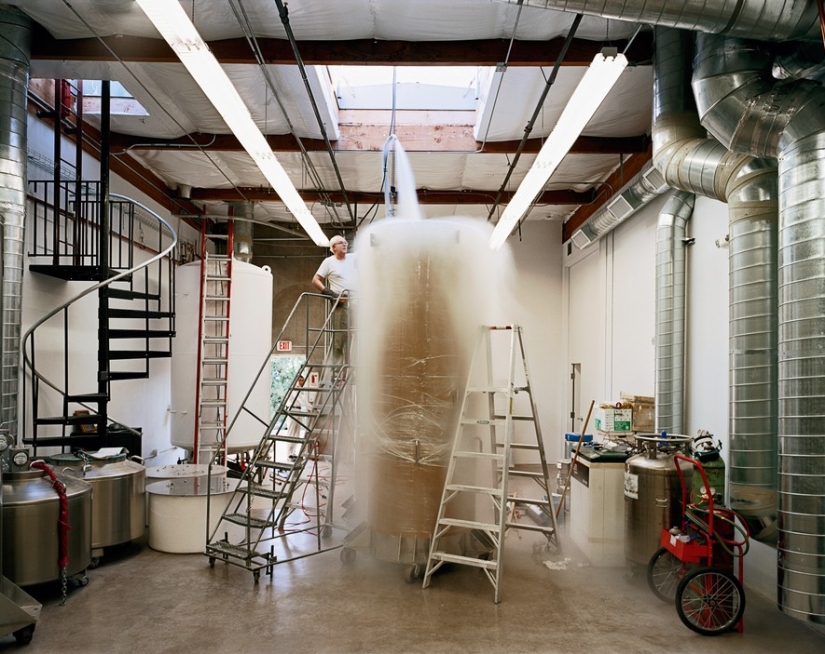
Before placing the body in a vessel with liquid nitrogen, chemicals are injected through the circulatory system to prevent the appearance of ice crystals in the tissues.
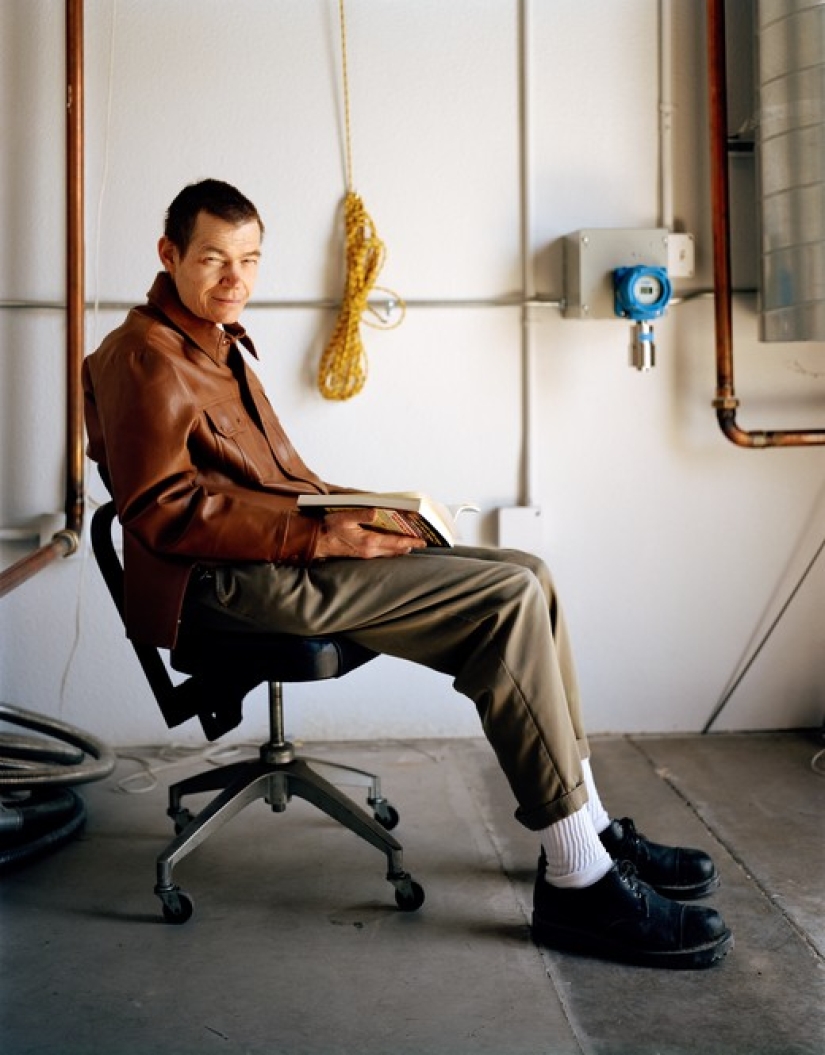
Dr. Mike Perry, author of the book "Eternity for Everyone. Moral philosophy, cryonics and scientific perspectives of immortality".
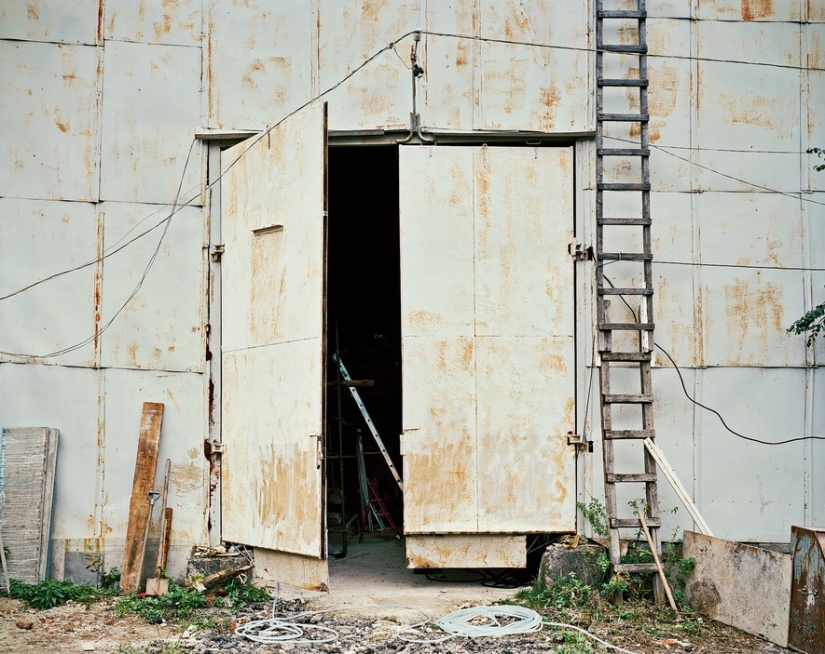
The KrioRus company has opened the first cryogenic storage facility in Europe in the village of Alabushevo, Moscow region.
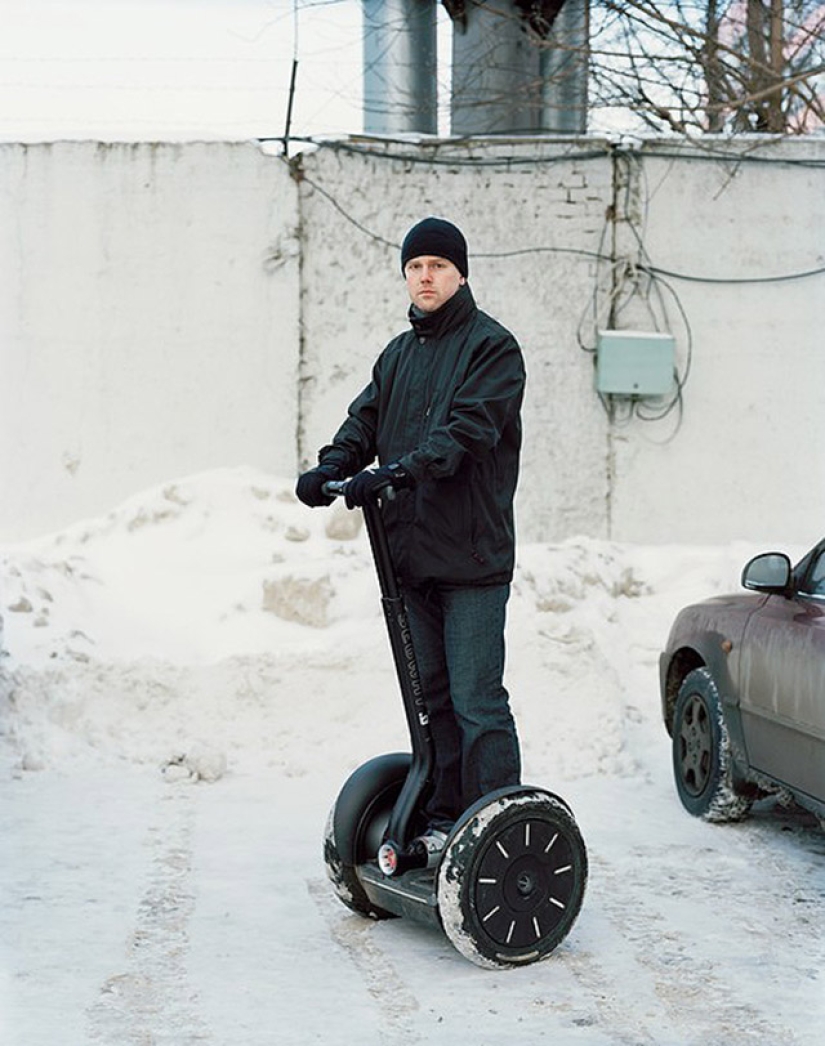
Transhumanist Danila Medvedev has been working at KrioRus since its foundation in 2005.
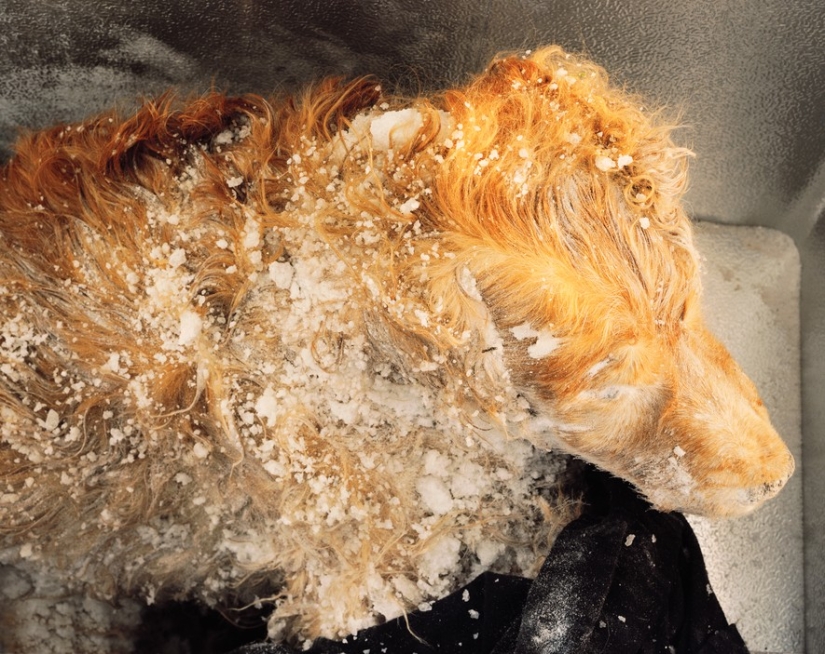
The body of a dog delivered to KrioRus from Slovenia. The vault has patients from Israel, Italy, Holland, Estonia and Ukraine.
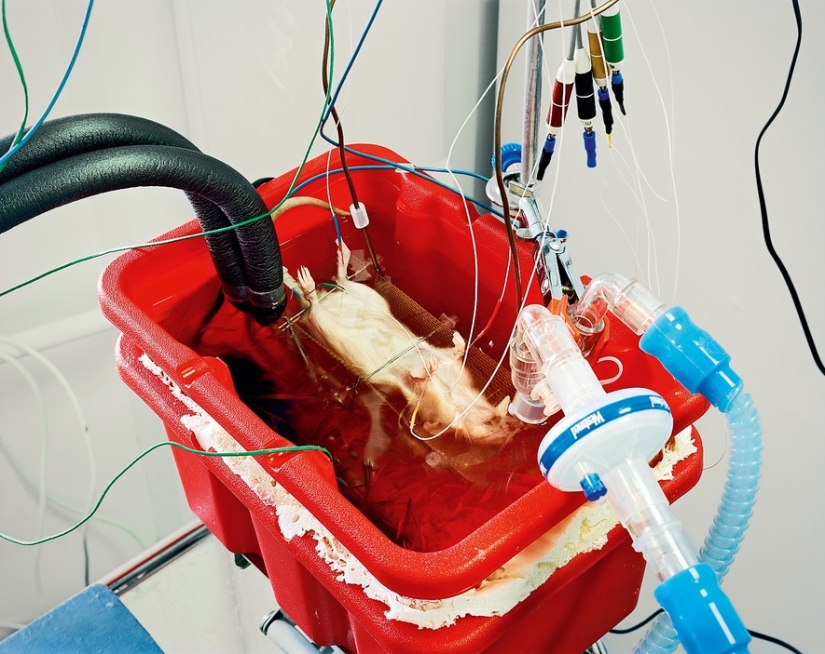
An experiment in the home laboratory of Voronezh cryonist Alexander Pulver. In addition to mice, tests are carried out on pigs.
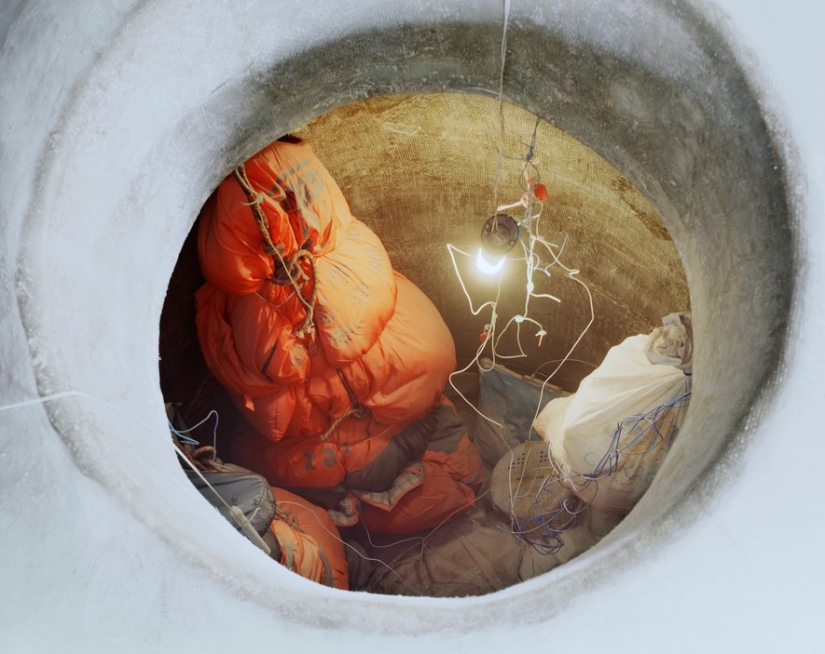
The Alabushevsky cryostat stores together four human bodies and one human brain, as well as two dogs, one cat and 40 DNA samples.
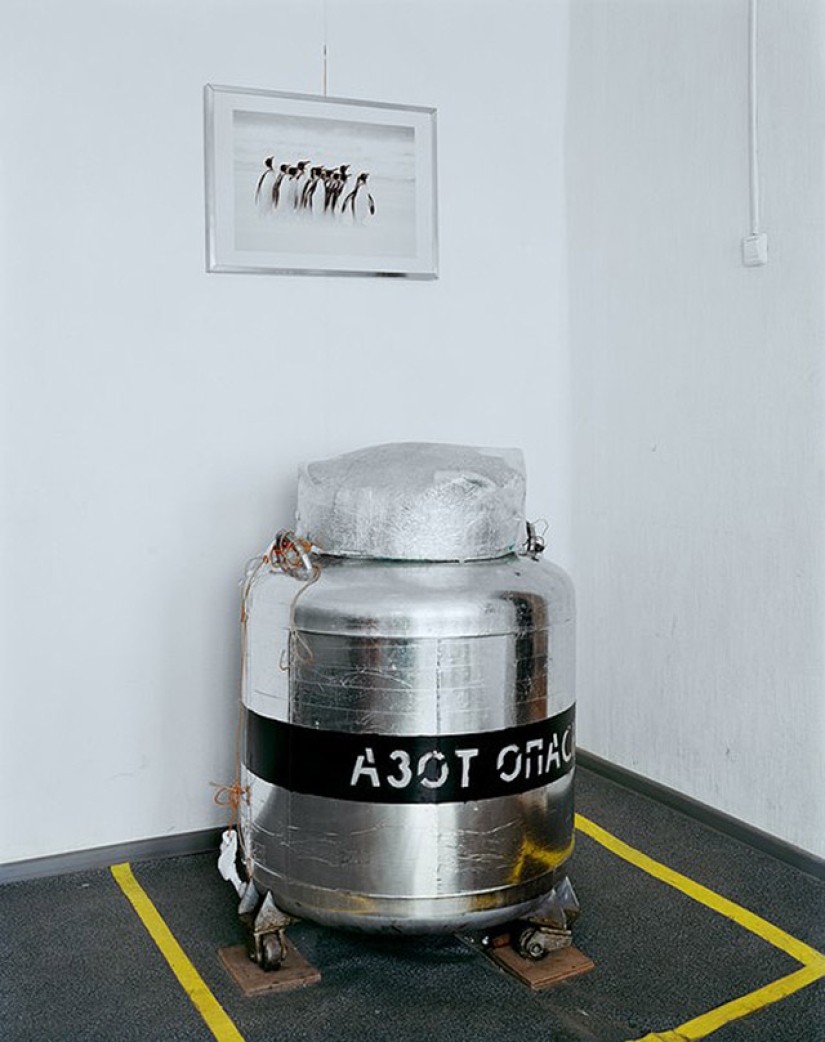
Portable cryostat with the head of a 79-year-old mathematics teacher from St. Petersburg.
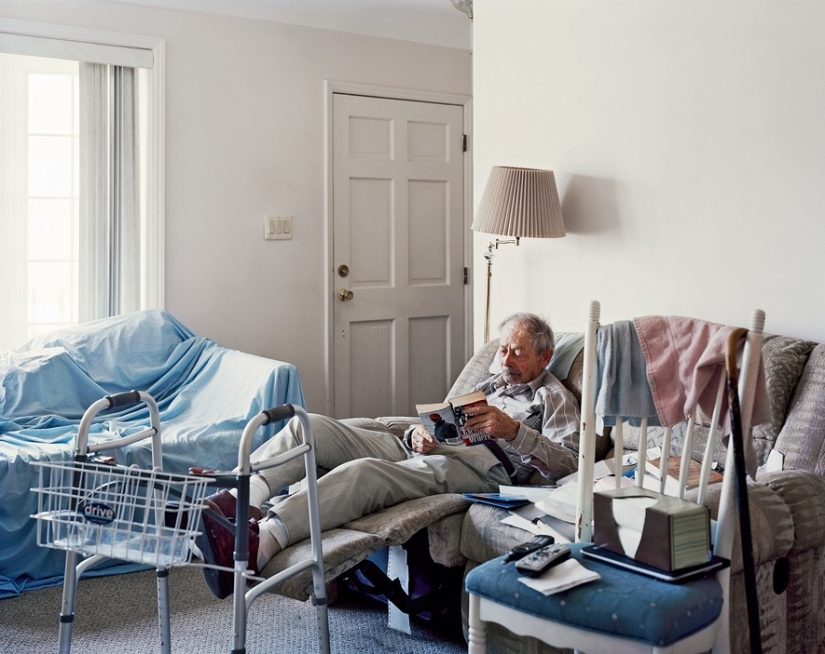
Robert Ettinger, author of the book "Prospects of Immortality", which laid the foundation for cryonics in the early 1960s. His body was frozen in 2011.
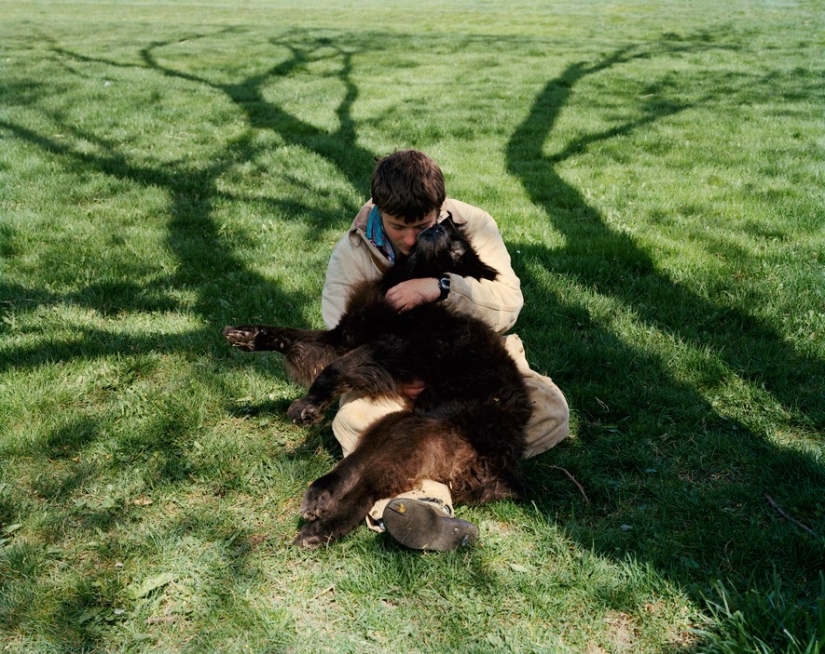
Peavy says goodbye to his dog Saber on the lawn of the Cryonics Institute in Detroit — she will be euthanized and frozen.
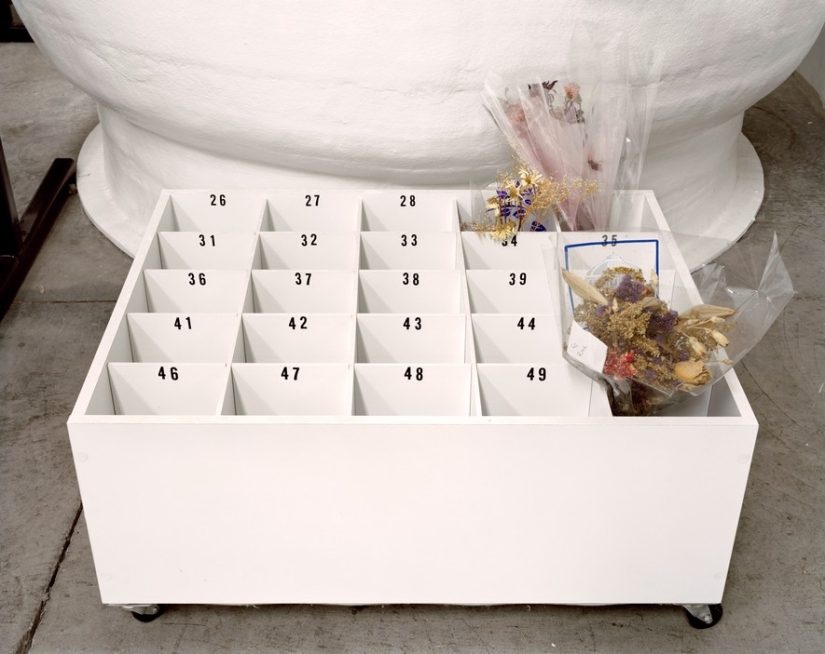
A flower box at the Cryonics Institute, founded by Robert Ettinger in 1976. In total, 123 patients' bodies are stored here.
Keywords: Cryopreservation | Patients | Body
Post News ArticleRecent articles

Of course, we are in no way saying that you see genitals everywhere or that you have a perverted mind or some kind of abnormality. ...

Fishing is one of the most popular hobbies in the world. There are many ways to catch fish, and everyone can choose what they like. ...
Related articles

Wide hips have always been a sign of femininity and sexuality. Kim Kardashian blew up Instagram with a hot "belfi" in a swimsuit in ...

In pre-Christian times in Russia, nudity was treated as calmly as in ancient Hellas. A beautiful, healthy naked body was considered ...

We are 100% sure that the tights are Nude invented by the same people who invented the first machine for torture. Don't believe? ...

To disable a warship, tens and sometimes hundreds of kilograms of explosives are needed. And for several centuries, a sea mine has ...